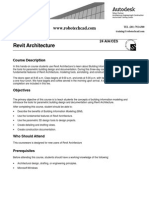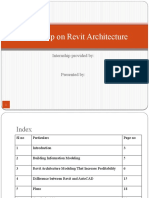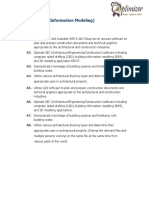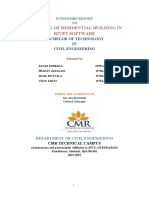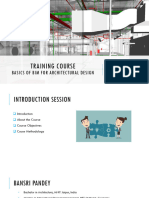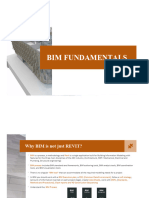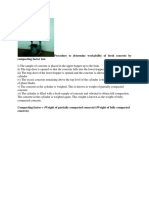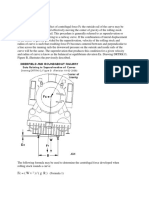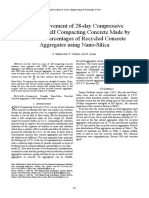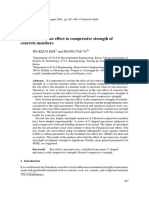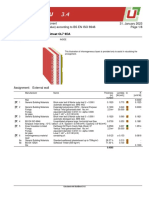0% found this document useful (0 votes)
96 views68 pages48-749 Special Topics Parametric Modeling With BIM: Fall Semester 2010 - 6-12 Units - 1.30-4.20 - CFA 213
This document provides an overview of a course on parametric modeling with BIM. The course will use Revit Architecture 2011 software. It introduces BIM as a process of creating a shared parametric 3D model containing project data. The course will teach Revit modeling, C# programming, and using BIM to evaluate buildings for sustainable design metrics like LEED certification. Students can take the course for 6-12 credits depending on their final project work.
Uploaded by
BEN NARENDRANCopyright
© © All Rights Reserved
We take content rights seriously. If you suspect this is your content, claim it here.
Available Formats
Download as PDF, TXT or read online on Scribd
0% found this document useful (0 votes)
96 views68 pages48-749 Special Topics Parametric Modeling With BIM: Fall Semester 2010 - 6-12 Units - 1.30-4.20 - CFA 213
This document provides an overview of a course on parametric modeling with BIM. The course will use Revit Architecture 2011 software. It introduces BIM as a process of creating a shared parametric 3D model containing project data. The course will teach Revit modeling, C# programming, and using BIM to evaluate buildings for sustainable design metrics like LEED certification. Students can take the course for 6-12 credits depending on their final project work.
Uploaded by
BEN NARENDRANCopyright
© © All Rights Reserved
We take content rights seriously. If you suspect this is your content, claim it here.
Available Formats
Download as PDF, TXT or read online on Scribd
/ 68








